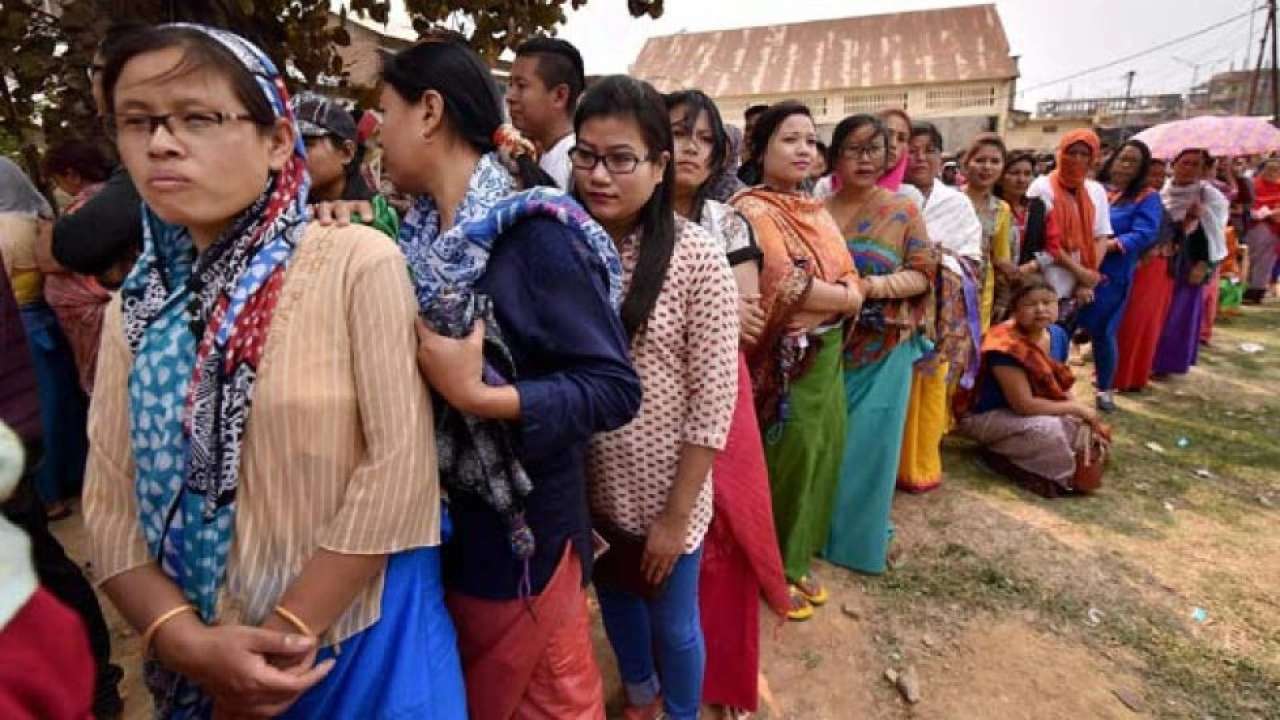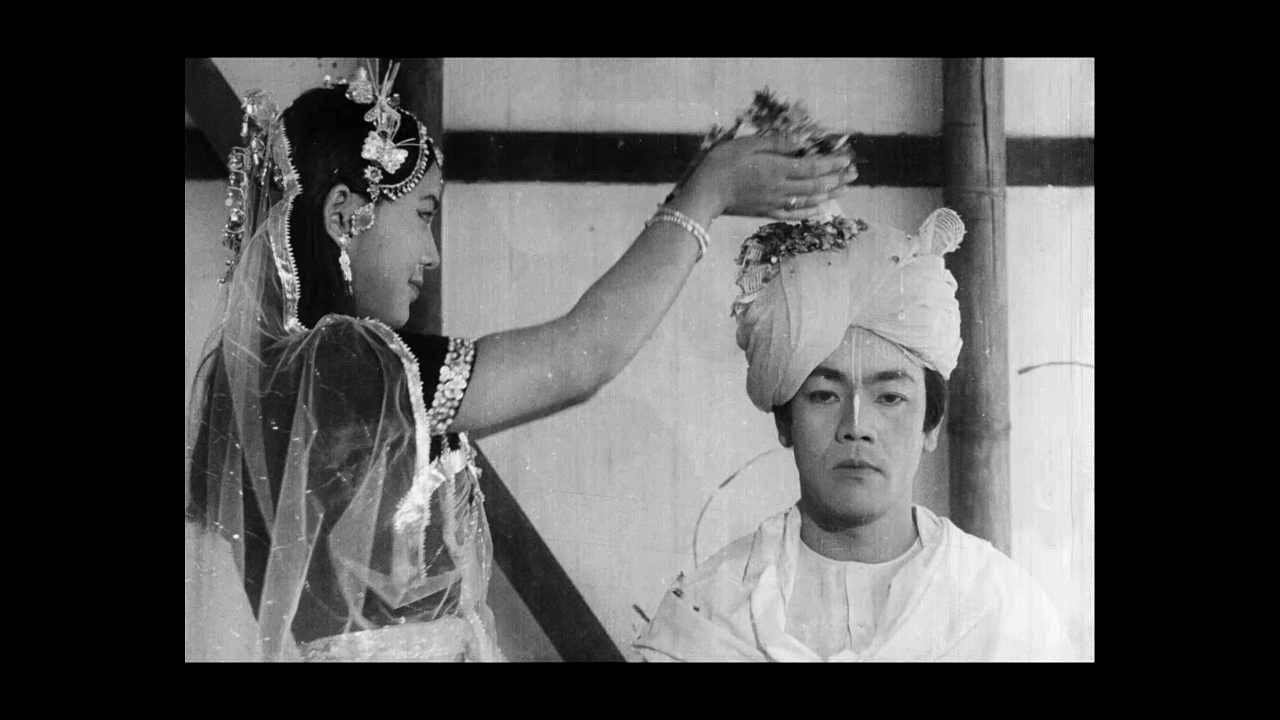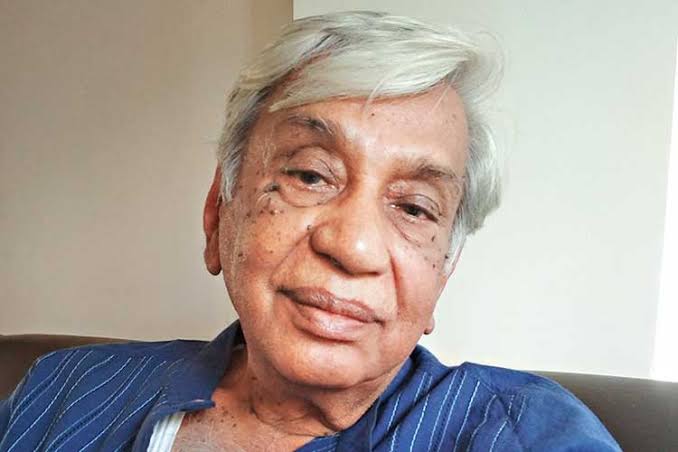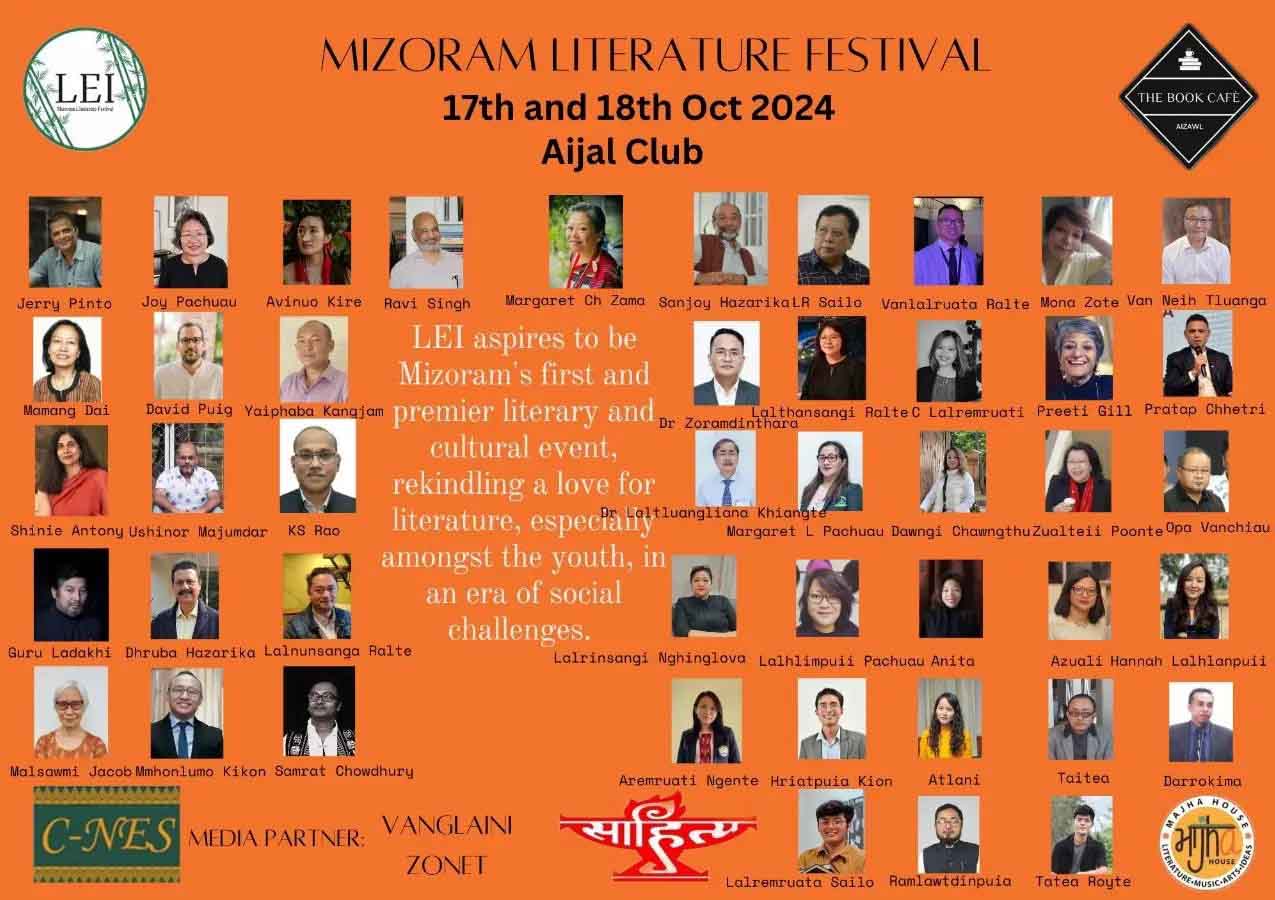Many exit-poll speculative results by different organisations have been published for all the five state which held elections recently simultaneously in varying number of phases, predicting what the result in each of these states would likely be when the results are announced on March 10. While I have little to say how these exit polls were done in other states, in the case of Manipur, these were hardly exit-polls.
In a typical exit-poll, surveyors identify as many representative polling stations as possibly within their resources to send volunteers, and the volunteers take interviews of representative voters (students, seniors, women, men, professionals, unemployed etc.) laid out by those who designed their survey format, as the voters exit the polling stations after voting. The fundamental presumption is, voters after having voted will tell the truth of their affiliations, especially to anonymous enumerators.
This however is not what was done in Manipur, and as somebody who has also interacted with some of these surveyors, I can vouch that what was actually done was to go to people who they feel would have knowledge of the situation in the state and take their readings of the situation. There conclusions, therefore are aggregated opinions of observers, which is not the same as an exit poll.
This is not to say these aggregated opinions are not worthwhile indicators of what the final result would look like, but only a caveat that they would also be aggregating the ideological biases, false assessments and guesses of the observers whose opinions they were gathering. Most of the results announced did agree on the broad trend – that the ruling BJP will be in front, but there is a wide difference in how much this lead would be. Some have given the BJP a comfortable single party majority of 30 plus and even an absolute majority of two thirds of 40 plus in the house of 60 seats. Some are more conservative, and say the BJP would be ahead but may or may not make the majority mark of 31. For reasons sketched below, I would tend to agree with the latter assessment. I would also insist on calling these “assessments” and not “exit-polls” for the reasons I have already elucidated.
A few of us who have been observing the elections also got together to do our own count on who might win in each of the state’s 60 constituencies, an exercise no different than the supposed exit-polls many now claim to have done. There were some constituencies whose electoral dynamics we did not completely grasp, and some other where we were not too familiar with the candidates in contentions. These few we added to a category of seats we categorised as hotly contested and undecided, therefore with potential of going to any of the party in contention, especially the main contenders. Some of these are Wangkhei, Keishamthong, Ukhrul, Tadubi, Saitu etc.
Beside this category, we also identified seats where we were more or less certain one party or the other would be the winner – seats such as Heingang and Thoubal.
When tallied, our figures had 24 seats in the hotly contested but undecided, and many of these were multi-cornered. In the definite win category, we have BJP-17, Congress-9, NPP-5, NPF-3 and others also picking one or two each. In the 24 undecided, BJP was in contention in 18 seats, Congress in 14, NPP in 13, NPF in 9 etc.
By this assessment, the arithmetic is quite clear. If the BJP were to get all the seats they are in contention from the 24 hotly contested but undecided (which though possible is unlikely), their maximum can be 17+18=35. But if they do not manage to win any from the hotly contested but undecided seats, their final number will be just 17, which again is possible but unlikely. For the Congress, if they win all the seats they are in contention from amongst the 24 hotly contested but undecided, they can have 23 seats, if they win none of them, they will be left with 9. Likewise, NPP can become 18, otherwise 5, and NPF can become 10 otherwise 3.
By the law of probability in a multi-cornered contest, if these parties were to end up bagging about a third or so of the seats they are in contention in the 24 we left undecided, BJP would get 23-24. Congress 13-14, NPP 9-10, NPF 5-6 etc.
But, as I have said, within the floor and ceiling our calculations arrived at for each party, there can be many more permutations and combinations. What is clear is, the BJP has the potential of crossing the single majority mark of 31 but nowhere close to the absolute two thirds majority of 40 plus. It is also clear is, no other party can reach the single majority mark. One more thing is clear, there is no basis to rule out the possibility of a hung Assembly as yet. It may not happen, but it can very much.
Let it also not be forgotten that the probability principle does not always apply, especially when dealing with relatively small numbers. Believing otherwise is often also referred to as a “gambler’s fallacy” in psychology. Our presumptions that a party would likely win a third of the seats they are in contention in the 24 undecided seats hence can also fall in this trap, for indeed each party can also win all or lose all. A gambler betting on the same number 24 times may not see the probability law’s pattern emerging. But if he were to do so 24 million times, most likely the pattern would become evident.
Our prediction then is, a hung Assembly is still very likely with the BJP as the single largest party, even though the BJP can also manage a narrow majority on its own. If BJP’s number falls below 25, which is not impossible, then Manipur may see a repeat of the sordid drama as in the last government formation in March of 2017.










